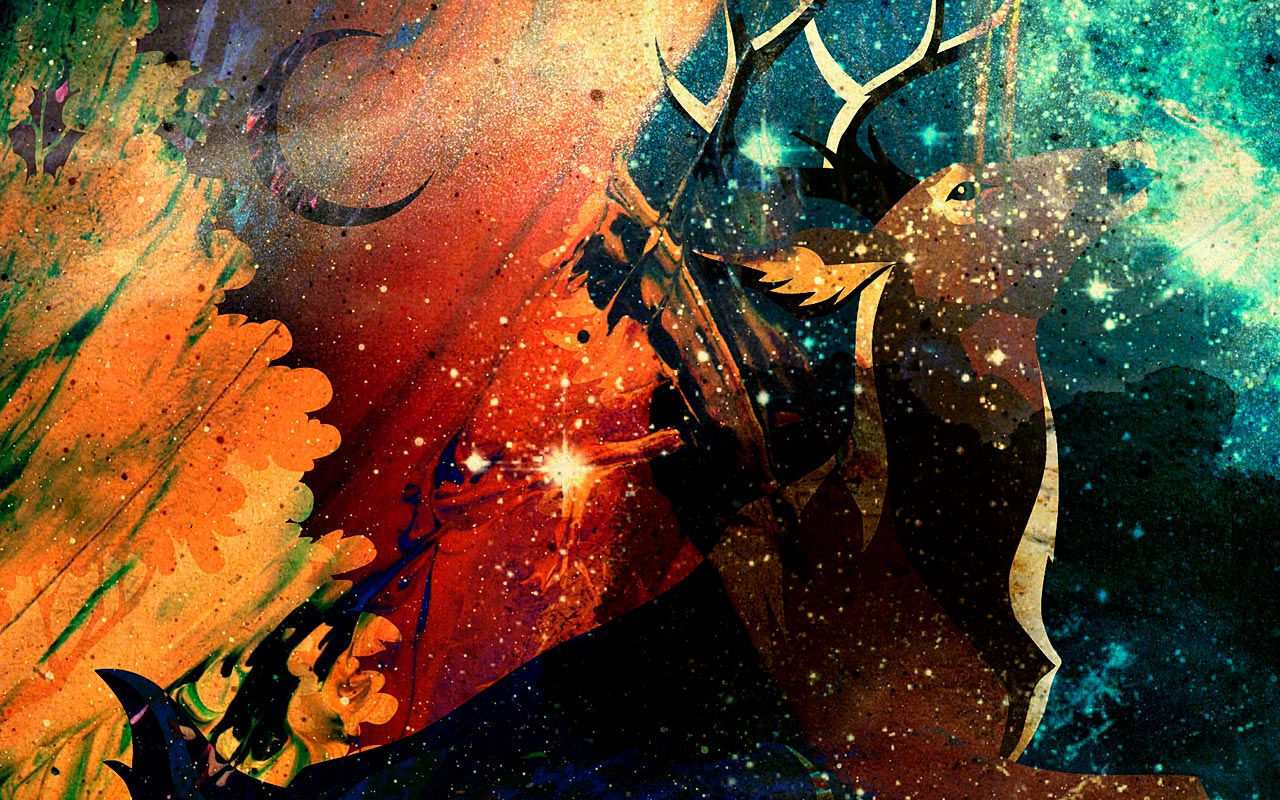Exploring Rock N Roll Art A Celebration of Expression
- grootart
- Nov 4
- 4 min read
Rock n roll is more than just music. It is a culture, a lifestyle, and a powerful form of artistic expression. One of the most vivid ways this culture manifests is through rock n roll art. This art form captures the energy, rebellion, and creativity that define rock music and its community. From album covers to concert posters, tattoos to graffiti, rock n roll art tells stories that words alone cannot.
This post explores the world of rock n roll art, highlighting its history, styles, and impact. Whether you are a fan of the music or an art enthusiast, you will find fascinating insights into how rock n roll art celebrates freedom and individuality.
The Origins of Rock N Roll Art
Rock n roll emerged in the 1950s as a blend of blues, country, and rhythm and blues. Alongside the music, a visual style began to develop that reflected the rebellious spirit of the genre. Early rock n roll art was often simple but bold, using bright colors and striking imagery to grab attention.
One of the first major examples of rock n roll art was the album cover for Elvis Presley’s records. These covers used dynamic photos and graphic design to create a sense of excitement. As the genre evolved, so did its art. The 1960s and 1970s saw psychedelic posters and album covers that used swirling colors and surreal images to match the experimental sounds of the time.
Key Styles in Rock N Roll Art
Rock n roll art is not limited to one style. It spans a wide range of visual expressions, each reflecting different aspects of the music and culture.
Psychedelic Art
This style is known for its bright, swirling colors and abstract shapes. It became popular in the late 1960s with bands like The Grateful Dead and Jimi Hendrix. Psychedelic art often includes distorted fonts and surreal imagery that evoke altered states of consciousness.
Punk Art
Punk rock brought a raw, DIY aesthetic to rock n roll art. It often features collage techniques, rough sketches, and bold, aggressive typography. Bands like The Ramones and Sex Pistols used this style to express anger and defiance against mainstream culture.
Classic Rock Art
Classic rock art tends to be more polished and iconic. It includes famous album covers like Pink Floyd’s The Dark Side of the Moon and Led Zeppelin’s IV. These works use symbolism and strong visual themes to create lasting images associated with the music.
Street Art and Graffiti
Street art has become a modern extension of rock n roll art. Murals and graffiti inspired by rock bands appear in cities worldwide, celebrating the music’s influence on urban culture. This style is often bold and colorful, capturing the rebellious spirit of rock.
Famous Examples of Rock N Roll Art
Several pieces of rock n roll art have become cultural landmarks. These works not only represent the music but also influence fashion, design, and popular culture.
The Rolling Stones’ Tongue Logo: Designed by John Pasche in 1970, this logo is one of the most recognizable symbols in music history. It captures the band’s rebellious attitude and has been used on countless merchandise items.
Jimi Hendrix’s Electric Ladyland Album Cover: This cover features a striking photo of Hendrix surrounded by vibrant colors and shapes, reflecting his innovative guitar work and psychedelic sound.
Nirvana’s Nevermind Album Cover: The image of a baby swimming toward a dollar bill on a fishhook became an iconic symbol of the grunge movement and its critique of consumerism.
These examples show how rock n roll art can transcend music and become part of a larger cultural conversation.

This mural showcases iconic rock n roll symbols and instruments, capturing the energy and spirit of the genre.
How Rock N Roll Art Influences Fashion and Design
Rock n roll art has a strong impact on fashion and design. The bold graphics and rebellious themes inspire clothing, accessories, and interior decor. Leather jackets with band patches, t-shirts featuring album art, and tattoo designs all draw from rock n roll visuals.
Designers often use rock n roll art to create edgy, statement pieces that appeal to fans and fashion lovers alike. This influence extends to graphic design, where album covers and posters set trends for typography and color use.
Creating Your Own Rock N Roll Art
If you want to create rock n roll art, consider these tips:
Draw inspiration from music: Listen to your favorite rock songs and let the mood guide your colors and shapes.
Use bold colors and contrasts: Rock n roll art often uses bright, contrasting colors to create energy.
Incorporate symbols: Guitars, skulls, flames, and band logos are common motifs.
Experiment with styles: Try psychedelic swirls, punk collage, or classic rock symbolism.
Keep it raw and authentic: Rock n roll art is about expression, so don’t worry about perfection.
The Role of Rock N Roll Art in Today’s Culture
Today, rock n roll art continues to thrive. It appears in music festivals, street art, and digital media. New artists blend traditional rock imagery with modern techniques, keeping the spirit alive.
Rock n roll art also serves as a bridge between generations. Older fans appreciate the nostalgia, while younger audiences discover the culture through fresh interpretations.
Rock n roll art is a powerful form of expression that captures the heart of the music and its culture. It tells stories of rebellion, creativity, and passion through vivid visuals. Whether through classic album covers or vibrant street murals, rock n roll art invites us to celebrate freedom and individuality.
If you want to explore this art form further, visit local galleries, attend concerts, or try creating your own rock-inspired artwork. Embrace the energy and let your creativity rock on.







Comments